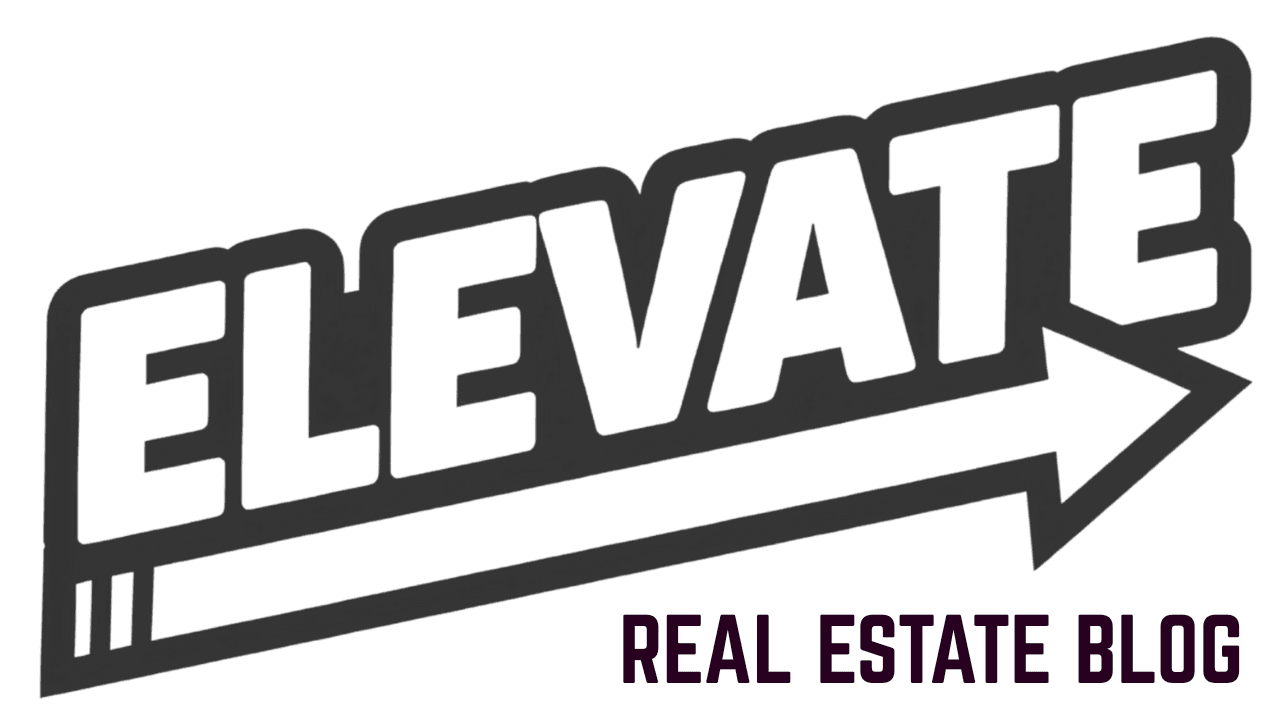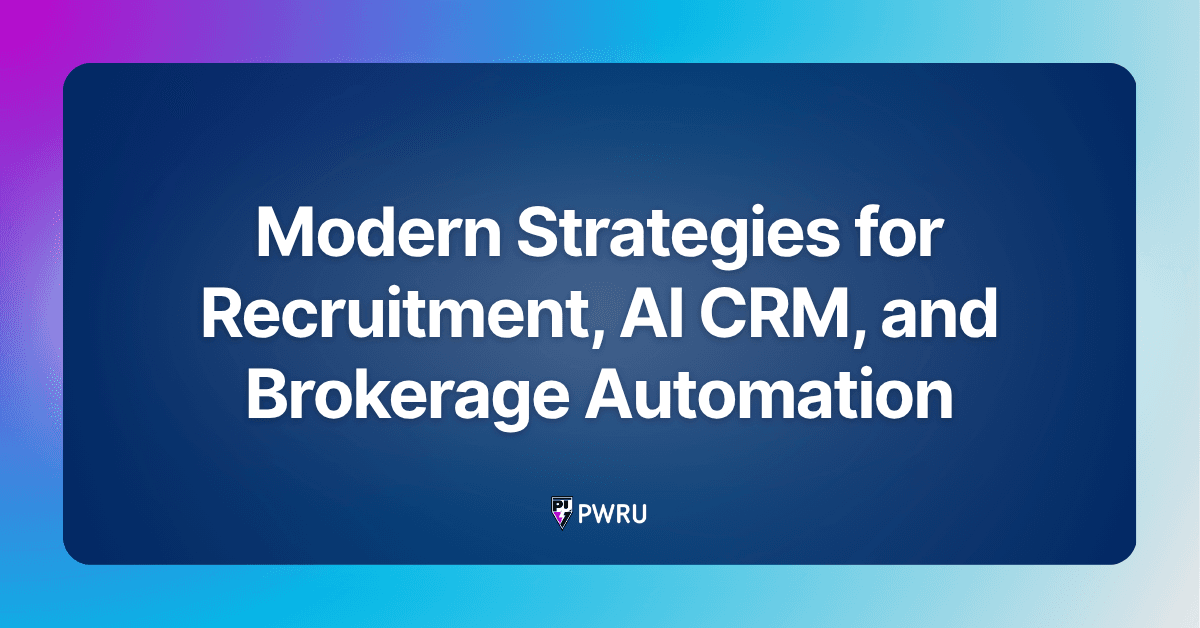Most real estate agents fail because they lack structure. They work long hours but generate inconsistent results. The difference between top performers and average agents lies in their daily execution framework.
This proven system focuses on income-producing activities. No fluff. No busy work. Just results.
The Foundation: Goal-Aligned Planning
Your daily schedule must reflect your annual targets. If you want 30% more closings, you need 30% more qualified conversations.
Start with your yearly goal. Work backward to monthly targets. Break those into weekly requirements. Your daily plan emerges from this math.
Example: 100 transactions annually requires 8.3 closings per month. Each closing needs 15-20 qualified leads. That's 125-165 leads monthly, or 30-40 weekly conversations with prospects.
Your schedule serves this pipeline. Every hour has a purpose.

Morning Power Block: 8 AM – 12 PM
Reserve mornings for prospecting. Period.
Successful agents dedicate 3-4 hours to phone conversations. Target: 30-50 people daily during this window.
The Prospecting Priority List
Call in this exact order:
- New expired listings – Highest priority. These sellers want to relist immediately.
- New canceled listings – Second highest. Similar urgency to expired.
- New for sale by owners – Fresh leads, motivated sellers.
- Old expired listings – Still viable, less competition.
- Old canceled listings – Lowest priority but worth pursuing.
Start each morning with 30 minutes of preparation. Review your call list. Update CRM notes. Prepare scripts.
Begin prospecting at 8 AM sharp. No exceptions.
Conversation Metrics
- Hour 1: 10 conversations (building momentum)
- Hour 2: 12-15 conversations (hitting stride)
- Hour 3: 15-20 conversations (peak performance)
- Hour 4: 10-15 conversations (maintaining energy)
Total: 47-60 daily conversations during prospecting hours.

Time Blocking Strategy
Divide your day into focused segments. Each block serves one purpose.
8:00 AM – 12:00 PM: Prospecting calls
12:00 PM – 1:00 PM: Lunch and client follow-up
1:00 PM – 3:00 PM: Appointments and showings
3:00 PM – 4:00 PM: Administrative tasks
4:00 PM – 6:00 PM: Client meetings and negotiations
6:00 PM – 7:00 PM: Social media and marketing
7:00 PM – 8:00 PM: Transaction management
Build in buffer time for unexpected opportunities. Real estate demands flexibility within structure.
Use the Eisenhower Matrix for task prioritization:
- Urgent + Important: Do first
- Important + Not Urgent: Schedule
- Urgent + Not Important: Delegate
- Neither: Eliminate
Lead Generation Beyond Calls
While phone prospecting drives results, supplement with other activities.
Social Media (30 minutes daily)
Create content calendars. Batch-produce posts. Engage with followers consistently.
Focus on:
- Market updates
- Property highlights
- Client success stories
- Educational content
Schedule posts using automation tools. Respond to comments within 2 hours.
Email Campaigns
Send targeted messages to segmented lists:
- Past clients (monthly newsletters)
- Active prospects (weekly market updates)
- Sphere of influence (quarterly check-ins)
Personalization increases response rates by 40%.

Client Follow-Up System
Dedicate 1 hour daily to relationship management.
Daily Tasks:
- Review all active leads
- Send personalized messages
- Update CRM records
- Schedule follow-up calls
- Track engagement metrics
Follow-Up Schedule:
- New leads: Contact within 5 minutes
- Active prospects: Every 3 days
- Past clients: Monthly touchpoints
- Sphere contacts: Quarterly updates
Consistency builds trust. Trust generates referrals.
Administrative Excellence
Reserve 1 hour for paperwork and organization.
Daily Administrative Tasks:
- Check MLS for new listings
- Review contract deadlines
- Update transaction timelines
- Organize showing schedules
- Track mileage and expenses
Use checklists. Standardize processes. Eliminate redundancy.
Technology streamlines administration. Choose tools that integrate with your workflow.

The Minimum Conversation Rule
Speak to 10 people daily. Non-negotiable.
This includes:
- Phone calls
- Text messages
- Face-to-face meetings
- Video calls
- Social media interactions
Track conversations in your CRM. Monitor conversion rates. Adjust approach based on data.
Top producers exceed this minimum. They average 30-50 daily conversations during prospecting hours alone.
Weekly Planning Sessions
Spend 30 minutes every Sunday planning the upcoming week.
Review:
- Previous week's metrics
- Upcoming appointments
- Market opportunities
- Pipeline status
- Goal progress
Adjust daily schedules based on priorities. Block time for high-value activities first.
Technology Integration
Leverage tools that amplify your efforts without replacing human connection.
Essential tools:
- CRM system for lead management
- Automated email sequences
- Social media schedulers
- Transaction management software
- Communication platforms
Choose integrated solutions. Avoid tool proliferation. Focus on systems that work together.
Modern platforms like PWRU combine multiple functions into unified workflows, reducing administrative overhead while improving client experience.
Pulse Intelligence provides AI-driven daily actions and workflow automation so agents know exactly what to do next. Clear priorities. Less friction. Higher output. See it at https://plan.pwru.app.

Measuring Success
Track key performance indicators daily:
- Conversations initiated
- Appointments scheduled
- Contracts signed
- Closings completed
- Referrals received
Weekly reviews identify trends. Monthly analysis reveals patterns. Quarterly assessments guide strategy adjustments.
Data drives decisions. Emotions cloud judgment.
Implementation Timeline
Week 1: Establish morning prospecting routine
Week 2: Add time blocking structure
Week 3: Implement follow-up systems
Week 4: Integrate technology solutions
Full implementation takes 30 days. Results appear within 60 days. Mastery develops over 90 days.
Common Mistakes to Avoid
- Skipping prospecting for "urgent" tasks
- Mixing administrative work with prime selling hours
- Inconsistent follow-up schedules
- Over-complicating technology stacks
- Neglecting relationship maintenance
Success requires discipline. Discipline creates habits. Habits generate results.
The 30% Increase Reality
This framework delivers 30% more closings through increased activity volume and improved conversion rates.
More conversations create more opportunities. Better organization improves close ratios. Consistent follow-up generates repeat business and referrals.
The math is simple. The execution requires commitment.
Your daily plan determines your annual results. Structure your days. Structure your success.
Start tomorrow. Your future clients are waiting for your call.




